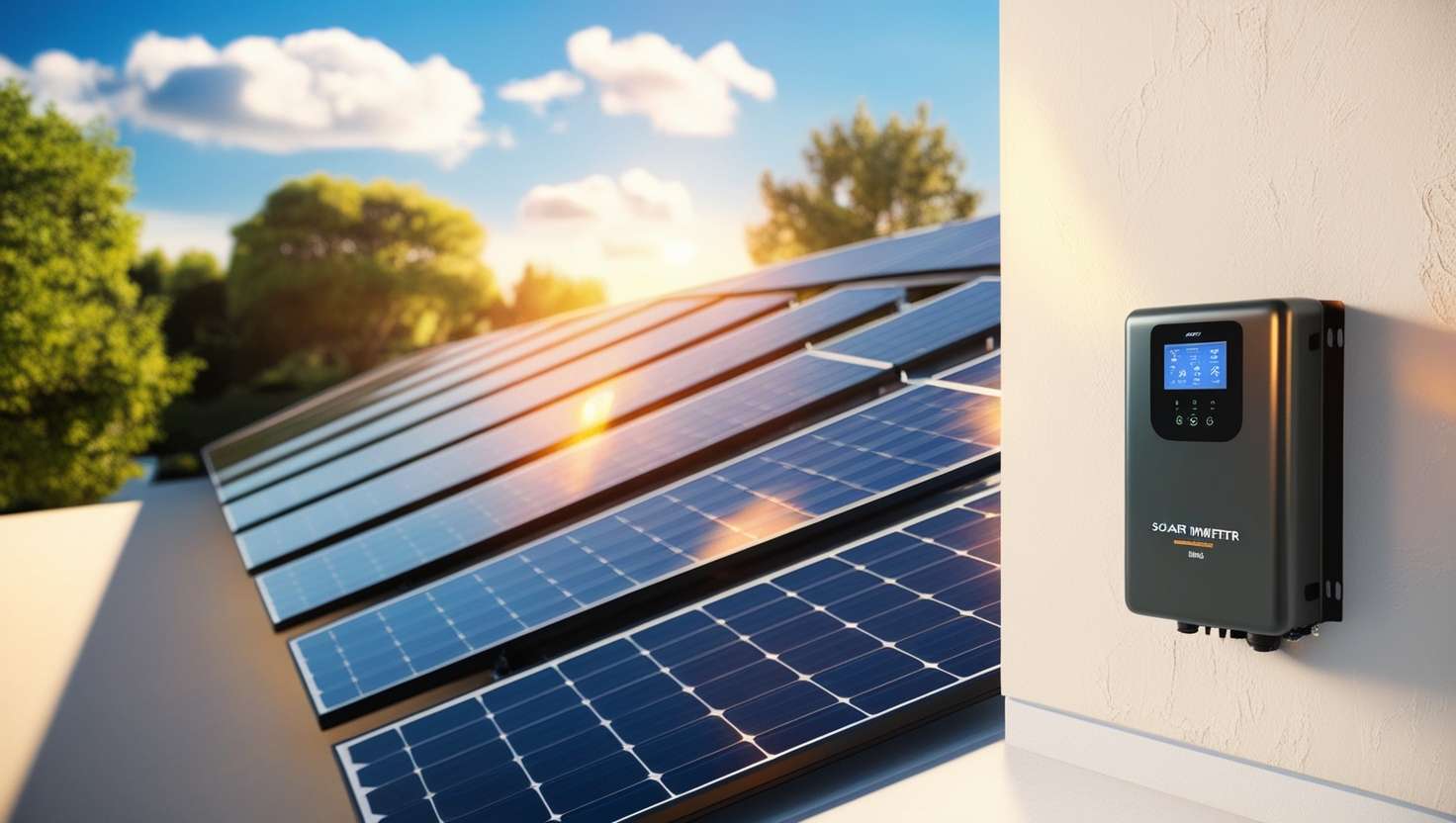
Nov 18,2024
Some people install solar panels in their homes, and some in their offices. Industrial users also want to reduce the cost of electricity consumption. Since there are different sectors, there are also various installation types. If you are on your way to selecting one, here is a solar inverter buying guide. This guide will make things easier and helpful for you. All you need to do is follow these simple five tips to avoid any mistakes in the future.
This guide will also clarify things that are not obvious to new people in this field. This guide will help buyers who are on their way to procure solar inverters for high durability and an affordable price range. All these tips will help people select in a way that can benefit them later. Also, it will include the longevity of inverters in different conditions.
The first tip concerns the compatibility of the solar inverter with your solar panels. Do not randomly choose one just because you want high performance. Having high performance and the correct performance are two different things. This is why you must know about all the types to select the best solar inverter.
● String inverter
● Microinverter
● Hybrid inverter
● Central inverter
● Battery-based inverter
Some more categories can help you decide better. All these types are different from each other in terms of cost, efficiency, and functions. One of the solar inverter tips is to look at your consumption size. You should choose a basic inverter if it is on a fundamental level. If it is large and complex, go for the modern types.
You will also find categories like grid-tie, off-grid, and hybrid inverters. These categories help users make the proper selection. Your region, location, number of day hours, and number of appliances contribute to the selection process. Make sure you choose the type that is compatible with your solar panels. There are different conditions if you are looking to procure for industrial use. You will have to look at the compatibility level and longevity. It will be about the cost recovery since multiple inverters will be installed.
Then, you must know what to look for in a solar inverter regarding IP rating. IP (Ingress Protection) helps you decide how much protection you need against water and solid particles. The scale starts with 0 and ends at 6. Different sizes of solid particles are used to grade in this scale: 50mm, 12.5mm, 2.5mm, and 1mm.
The water protection grading depends on the angle and strength of the water drops. It goes from 0 to 8 on the scale. Usually, three types are followed in the selection process.
● IP21 (solid object greater than 12.5mm and dripping water)
● IP65 (low-pressure water and dust particle protection)
● IP66 (high-pressure water and dust particle protection)
IP21 is the primary type, and people use it indoors. If you install it outside the property, you must choose IP65 or IP66. It depends on the water pressure. If it is low, IP65 is suitable, or vice versa. This IP rating is critical because the environmental factor is as important as any other thing. You will have to keep it in mind to select the right type.
Without protection, it is not possible to save anything. When it comes to electric equipment, you must be assured everything goes well. Learn how to choose a solar inverter based on heat, voltage, and current levels. This is about protecting solar inverters, solar panels, and appliances. You must consider all the settings and details about voltage and current levels. If you are buying for high-voltage applications, choose the inverter that deals in high-voltage type. If it is for low or medium voltage, choose accordingly.
● Over-voltage and under-voltage considerations
● Over-current and under-current considerations
● Excessive temperature issue
Moreover, temperature is also a threat if it exceeds. If you ignore it, excessive temperature can explode the inverters. Excessive voltage can cause short circuits, and excessive temperature can cause massive damage to inverters, solar panels, and even appliances.
When purchasing them, you must consider the solar inverter installation cost, including the installation's simplicity. Choose inverters that come with a warranty. This is about the durability and trust you get from a reliable brand. That will be a complete package, where you must choose a warranty, installation convenience, brand integrity, and installation cost.
Installation is part of the entire package, and you must consider it. Otherwise, installation difficulties and costs will change the whole budget. If there is an additional cost, the process will undoubtedly be complicated. Then comes the brand selection, where you must look at the quality and price. You can not ignore anyone at all costs. Besides, discounts and MOQs will affect the purchase process if someone purchases large volumes. So, you will have to consider them when purchasing solar inverters in bulk.
The last and fifth tips are about maintenance and repair convenience. They concern solar inverter maintenance tips that you must know:
● Perform consistent performance monitoring to monitor overall performance.
● Follow safe cleaning methods to avoid moisture or humidity problems.
● Follow all the warning signs and codes in the inverters and control panels.
The screen shows warning signs about temperature, voltage, or current. Hire a technician for updates or errors that you want to deal with safely.
The repair cost must be considered because it can cause many issues later. If you select an inverter that creates headaches through continuous repairs, that will be a big trouble. No one likes to install any device that can cause problems. Everyone wants relief through repair and maintenance. Efforts and costs are involved in them, which contribute to the selection process.
Follow these five tips to avoid mistakes in the selection process. They will prevent significant or even minor losses when using inverters. Make sure you don't miss any of these tips when you select.
Powered ByTradeWheel.com